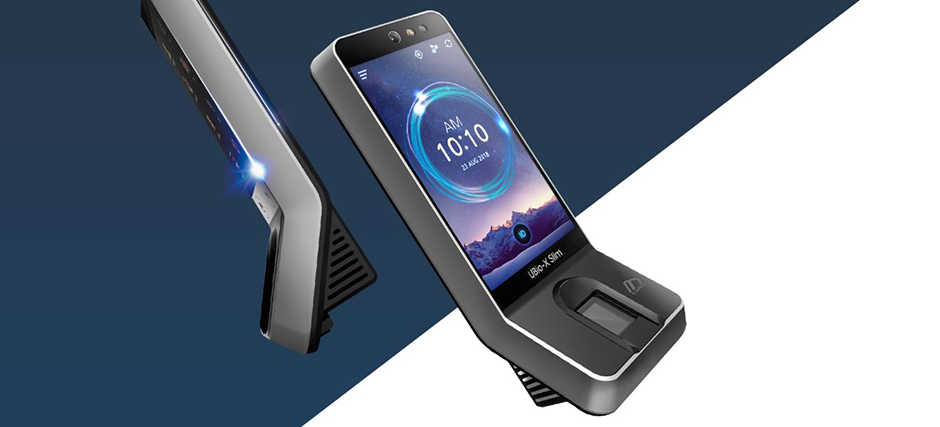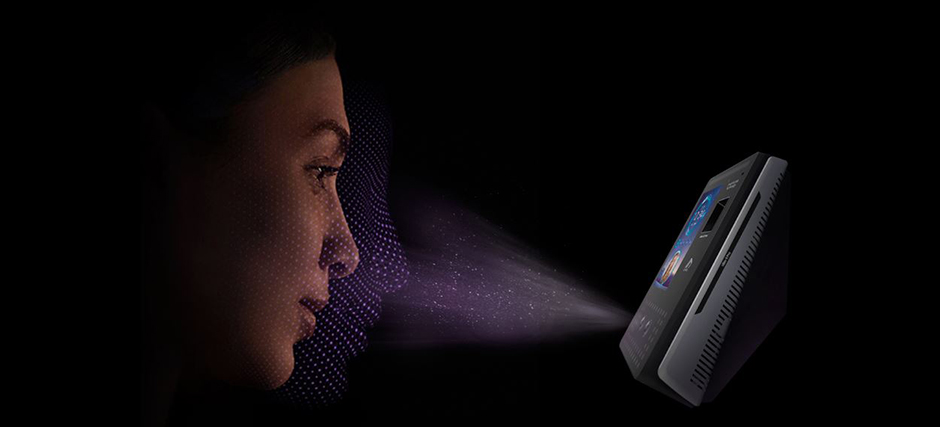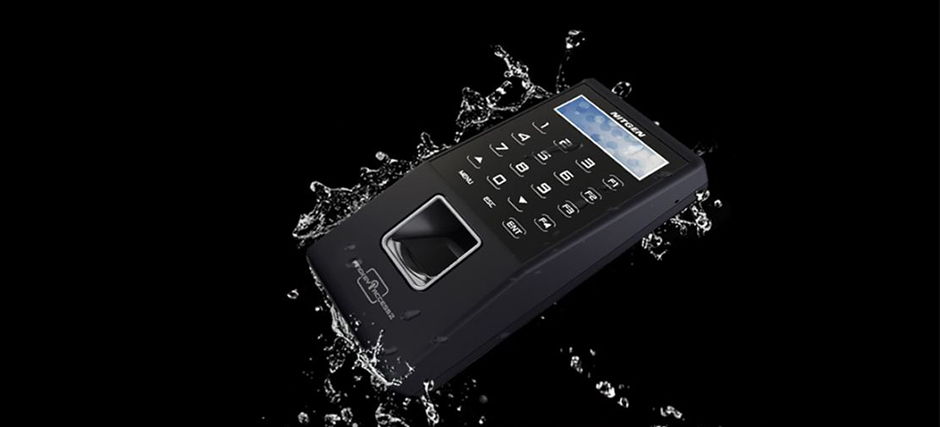Types of Door Access: Which is Better?

TYPES OF DOOR ACCESS: WHICH IS BETTER?

For the safety of all employees and to safeguard company interests, it is important for businesses to monitor the people entering and leaving their premises. One of the best tools that can help ensure security is door access systems – security devices that manage authorised access to your premises.
There are a few types of door access systems with different authentication features that can be unlocked in many ways, each offering distinct advantages and disadvantages. In this article, we share more about the kinds of recognition methods in door access systems and how they work, in order to help you find the best one for your business.
1. Biometric Access Systems
There are five common types of biometric identifiers, namely fingerprint, facial, voice, iris, and palm or finger vein patterns. Biometric systems work by identifying these personal characteristics to authenticate an individual and allow or deny access to an area. The two most commonly used ones are fingerprint and facial recognition access systems.

-
- Fingerprint Access Systems
Fingerprint access systems use an optical sensor to scan a person’s fingerprint and match his or her print with a collection of biometric data stored in the database.
-
- Face Recognition Systems
Face recognition access control work the same way as fingerprint access systems. But instead of using an optical sensor, they make use of cameras to recognise human faces and authenticate them.
Biometric door access systems, whether they authenticate via fingerprint or face recognition, offer many benefits. They allow users to gain access to premises without having to remember any passwords or bring along any form of key with them. Biometric systems are also very secure as biological characteristics are typically unique to each individual, which cannot be stolen, lost, or misplaced.
2. Pin Access Systems

Pin door access systems are unlocked with a passcode. In order to gain entry to a space, one will need to key in the correct code combination. Many of these systems only allow a set number of attempts, and too many failed attempts will lock the entry for a period of time.
Although pin door access systems are generally very convenient, users must remember the number combination, and businesses will have to constantly update their passcodes if employees resign. This may not be an ideal solution for many businesses.
3. Card Access Systems

Card access systems require a type of electronic key, such as a card or an ID badge, to unlock. When the system identifies the card credentials, it gives authorisation to enter, and will automatically return to its locked position a short while after. The disadvantage of card access is that employees will have to hold onto a key and remember to bring it along with them in order to be able to enter the workplace.
Finding a door access system and authentication method most suitable for your business among the variety depends on what you feel will work best for your company’s needs. Think about the number of employees you have, the maintenance and potential password resets, and your company’s budget when making your decision.
iDLink Systems offers a range of door access systems to help businesses in Singapore keep their premises safe and secure. Find out more about our solutions here.
